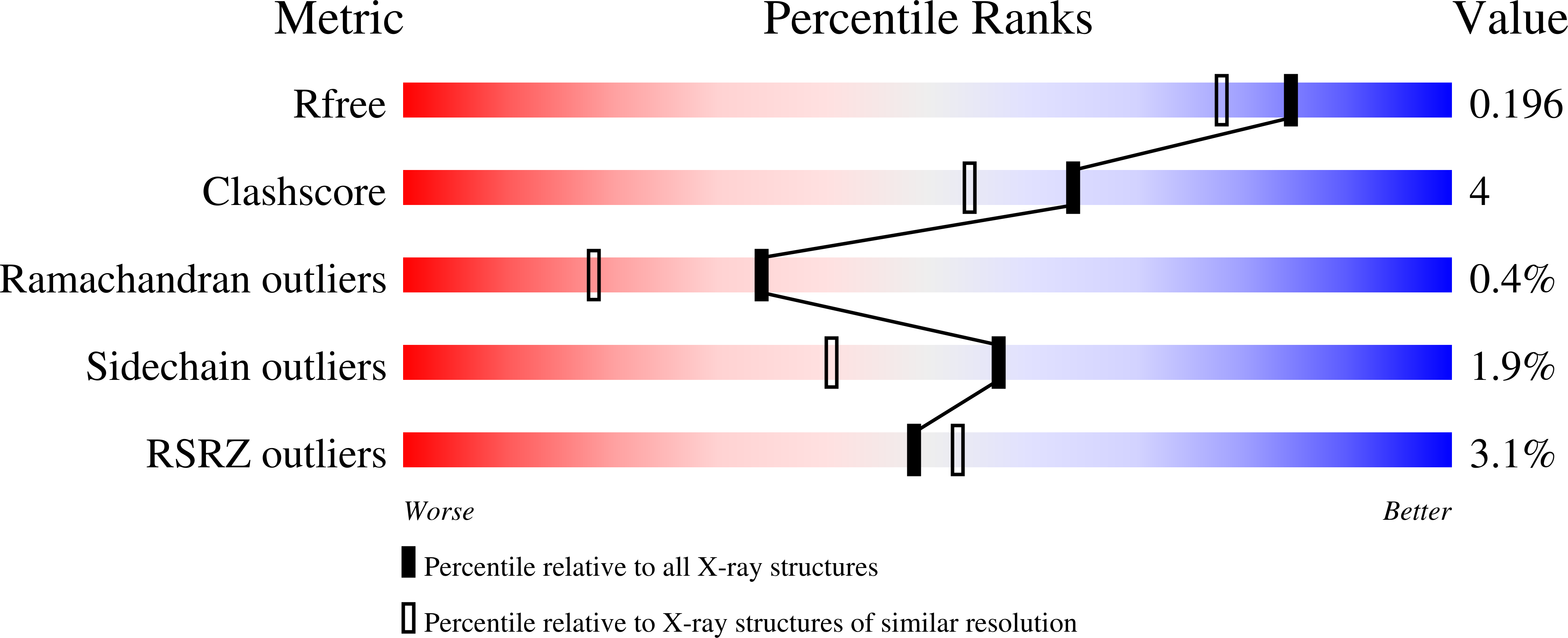
Deposition Date
2004-05-24
Release Date
2005-03-15
Last Version Date
2024-11-13
Entry Detail
PDB ID:
1WE4
Keywords:
Title:
Crystal Structure of Class A beta-Lactamase Toho-1 G238C mutant
Biological Source:
Source Organism:
Escherichia coli (Taxon ID: 562)
Host Organism:
Method Details:
Experimental Method:
Resolution:
1.70 Å
R-Value Free:
0.22
R-Value Work:
0.18
R-Value Observed:
0.18
Space Group:
P 32 2 1


